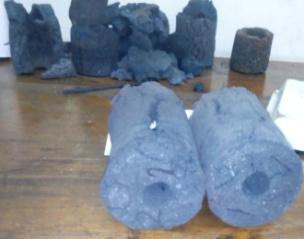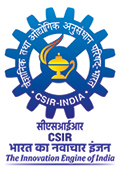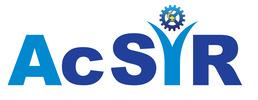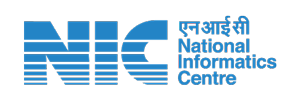A Process for Production of Highly Metallised Directly Reduced Iron Cylinders from Lean Grade Raw Materials
|
1. |
Title of Product/Design/Equipment |
A Process for Production of Highly Metallised Directly Reduced Iron Cylinders from Lean Grade Raw Materials |
 |
|
2. |
IPR Status Patent/Abroad IPR Details |
||
|
3. |
Application/Uses |
The product (DRI-C) developed by this process can be used as a feed / substitute of scarp for melting in Induction Furnace, Basic Oxygen Furnace and Electric Arc Furnace for production of steel. |
|
|
4. |
Salient Technical Features including Competing Features |
The process utilizes ~100% waste/lean grade raw materials to yield a value added product. This invention is useful for converting steel plant and mining waste such as iron ore fines/slime with lean grade coking coal or non-coking coal (>32% ash) into a highly metallised (metallization >96%) low Sulphur (0.008%S) DRI Cylinders suitable for induction furnace, electric arc furnace and basic oxygen furnace steelmaking. |
|
|
5. |
Level/Scale of Development |
Laboratory scale: 4 to 6 kg |
|
|
6. |
Environmental Considerations |
This process utilizes waste fines/dumped raw materials generated in mines head and steel plant. This process not only convert the waste/lean grade raw materials in to a value added product but also solve the problem of disposal, environment and loss of minerals. It also saves electricity while melting. Therefore, this process is very favorable to environment compared to conventional DRI processes. |
|
|
7. |
Status of Commercialization |
Ready for commercialisation |
|
|
8. |
Major Raw Materials to be Utilized |
Waste/lean grade iron ore fines, slime etc. and waste or lean grade coking coal or non-coking coal containing more than 32% ash. |
|
|
9. |
Major Plant Equipment and Machinery Required |
Furnace, saggars/crucibles, pressing machine, ceramic plates etc. |
|
|
10. |
Techno-Economics |
The techno-economics of the process have been arrived and found to be very favorable (i.e., 1/3rd of the conventional DRI process cost) than the conventional DRI making processes. The electricity consumption during melting of DRIC in Induction Furnace has been arrived and found to be less (i.e., 25-30%) than the conventional pellet melting process. |
|
|
11. |
Technology Package |
Process-Know-How, Details of equipment, Plant layout, Quality assurance methods and Assistance in setting up the plants as per CSIR-NML norms |
|







